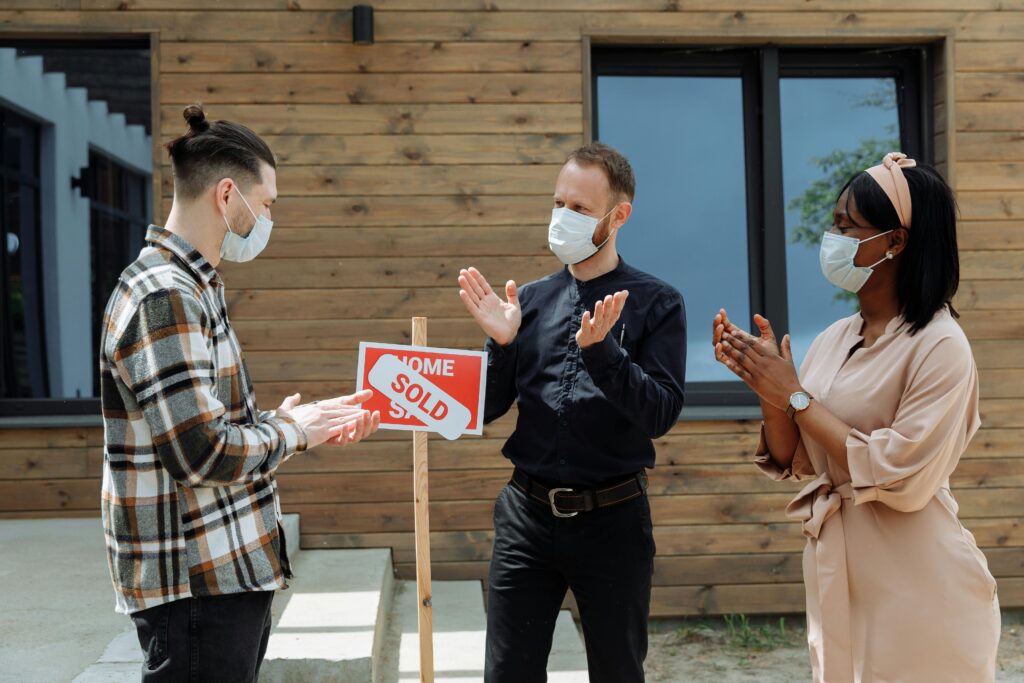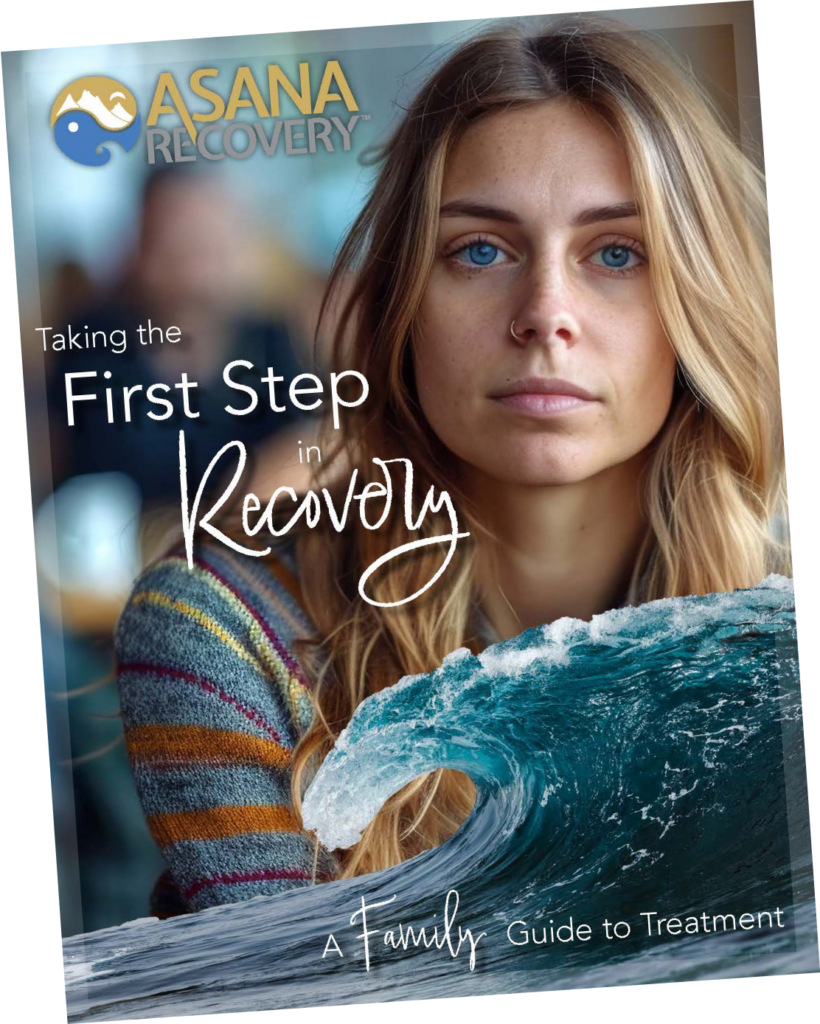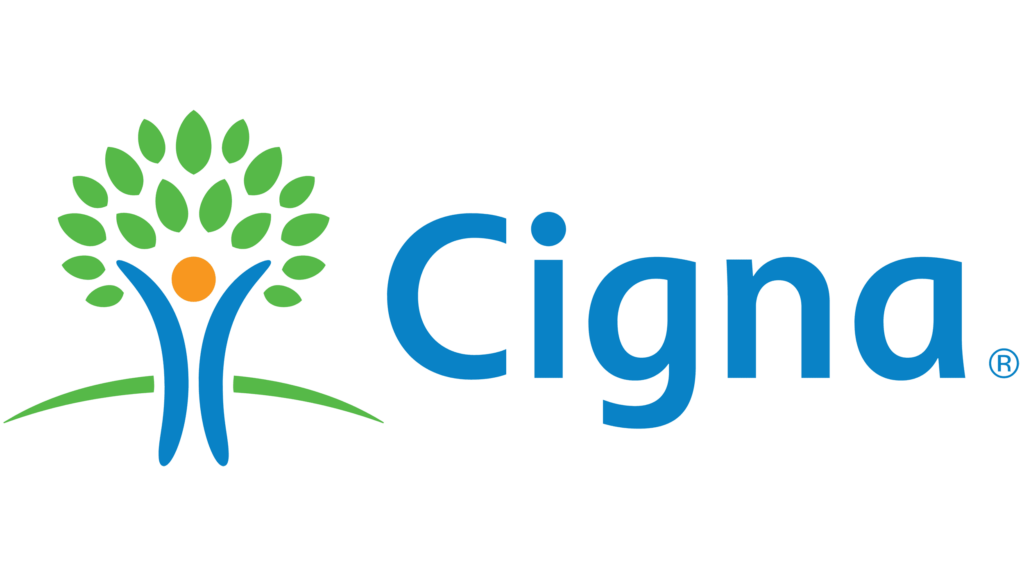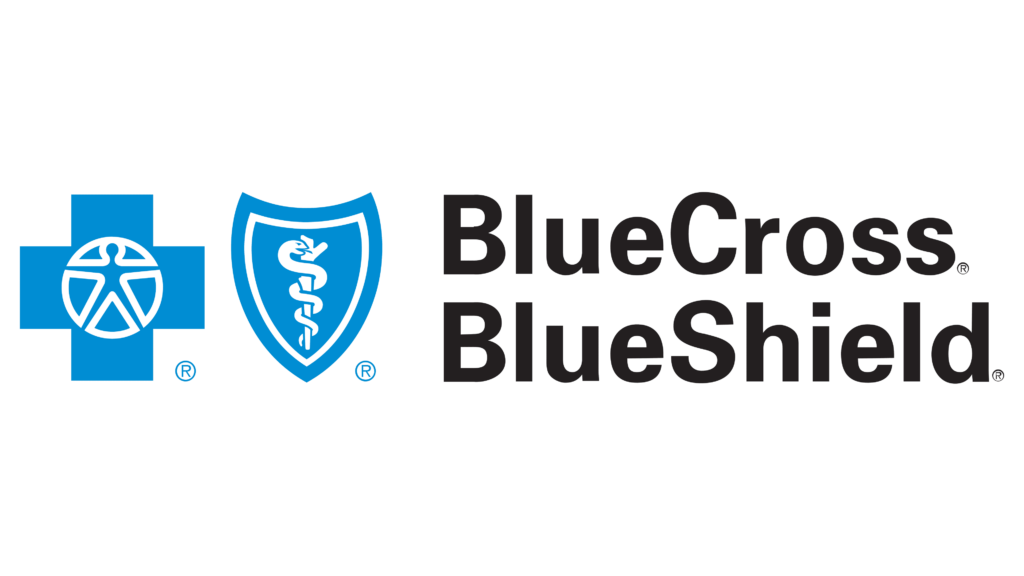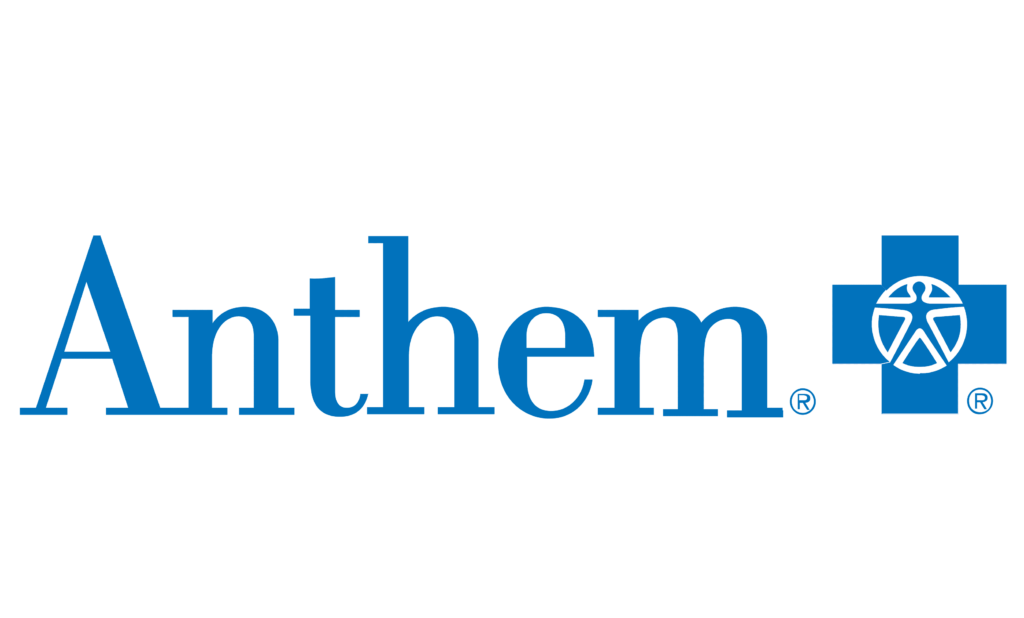The Role of Technology in Modern Rehab
The pandemic didn’t just introduce video calls for therapy; it accelerated the integration of technology into nearly every aspect of addiction treatment and recovery support. Beyond **telehealth therapy**, various digital tools emerged or became more prominent, offering new ways to engage clients, monitor progress, and build supportive communities. This technological wave has reshaped the landscape, making **online addiction treatment** a much broader concept than just virtual sessions.
Here’s how technology is playing a bigger role:
* **Apps and Online Platforms for Therapy and Support:** Many rehab centers now utilize specialized apps or secure online portals. These platforms might host educational materials, allow clients to complete therapy homework or journaling assignments digitally, track mood or cravings, and communicate securely with their treatment team. Some apps offer mindfulness exercises, relapse prevention tools, or access to resources 24/7, providing support right in the client’s pocket.
* **Virtual Support Groups and Community Building:** While traditional 12-step meetings and other support groups faced challenges with in-person gatherings, online alternatives flourished. Zoom, dedicated platforms, and social media groups enabled people in recovery to connect with peers, share experiences, and offer mutual support from anywhere. This maintained a vital sense of community and accountability, which is crucial for long-term recovery. Asana Recovery helps clients connect with these valuable **virtual support groups**.
* **Monitoring Progress Through Digital Tools:** Technology allows for innovative ways to track recovery progress. Wearable devices might monitor sleep patterns or stress levels (with client consent and privacy protections). Apps can track attendance at virtual sessions or completion of assigned tasks. Therapists can use data from digital check-ins or journals to gain insights into a client’s journey between sessions, allowing for more personalized and timely interventions.
* **Enhanced Psychoeducation:** Online platforms provide rich environments for delivering educational content about addiction, coping skills, mental health, and wellness. Videos, interactive modules, and curated articles can supplement therapy sessions, allowing clients to learn at their own pace and revisit important information whenever needed.
* **Streamlined Administration:** Technology also improved the administrative side of treatment. Online intake forms, secure document submission (like for
Insurance Verification), and electronic health records make the process smoother for both clients and providers.
The integration of these digital tools offers a more dynamic and potentially more engaging treatment experience. It allows care to extend beyond the scheduled therapy hour, weaving support into a client’s daily life. Of course, technology is a tool, not a replacement for human connection and skilled therapy. The key is using it thoughtfully to enhance, not hinder, the therapeutic relationship and the recovery process.
At Asana Recovery, we embrace technology where it genuinely benefits our clients, whether they are participating in our
Residential Treatment,
Partial Hospitalization Program, or
Intensive Outpatient Program, including our
Virtual IOP. We select tools that are user-friendly, secure, and proven to support recovery goals. If you’re interested in how technology might play a role in your treatment plan, feel free to ask.
Contact Us to learn more about the resources we offer.
Adapting Treatment Programs to the New Normal
The shift towards virtual care and heightened safety protocols wasn’t just about changing the setting; it required adapting the core components of addiction treatment programs themselves. Proven therapies and program structures needed to be delivered effectively, whether remotely or under new safety guidelines. This meant rethinking how standard treatments like **Intensive Outpatient Programs (IOP)**, **Cognitive Behavioral Therapy (CBT)**, and **Medication-Assisted Treatment (MAT)** were provided.
* **Integration of Virtual Options in Intensive Outpatient Programs (IOP):** IOPs traditionally involve several hours of therapy per week, often in group settings. The pandemic necessitated the creation of **Virtual IOP** options. This involved translating group dynamics, individual counseling sessions, and educational components to an online format. Secure video conferencing platforms became the new therapy rooms. Facilitators learned techniques to encourage participation and connection among virtual group members. For many, the
Virtual IOP offered the necessary intensity of treatment with the flexibility and safety of remote access. Asana Recovery’s
Outpatient Services now seamlessly integrate these virtual capabilities.
* **Cognitive Behavioral Therapy (CBT) in a Virtual Setting:**
Cognitive Behavioral Therapy (CBT) is a cornerstone of addiction treatment, helping individuals identify and change negative thought patterns and behaviors related to substance use. This therapy adapts remarkably well to a virtual format. Therapists can conduct CBT sessions via video call, guiding clients through exercises, discussing thought records, and teaching coping skills. Digital tools can supplement this work, allowing clients to complete CBT worksheets online or use apps to track thoughts and behaviors between sessions. The core principles and effectiveness of CBT remain strong in **telehealth therapy**. Similarly,
Dialectical Behavior Therapy (DBT) for Addiction, which focuses on emotional regulation and mindfulness, has also been successfully adapted for virtual delivery.
* **Medication-Assisted Treatment (MAT) and Remote Care Adaptation:**
Medication-Assisted Treatment (MAT) combines medications (like buprenorphine or naltrexone) with counseling and behavioral therapies to treat substance use disorders, particularly opioid and alcohol addiction. While the medication aspect often requires some in-person visits (for initial assessments, prescriptions, or observed dosing in some cases), the pandemic prompted regulatory changes and innovative approaches to increase remote access. Telehealth allowed for virtual check-ins with MAT prescribers, counseling sessions could be conducted online, and regulations were sometimes eased to allow for longer prescription refills or alternative methods for monitoring. This ensured greater continuity for MAT patients, a critical factor in preventing relapse and overdose. While initial intake or stabilization might still benefit from services like our
Medically-Assisted Detox, ongoing MAT management became more accessible remotely.
Adapting these programs required careful planning and training for staff. The goal was always to maintain the fidelity and effectiveness of the treatment, regardless of the delivery method. Clinicians focused on building rapport through screens, utilizing interactive tools, and ensuring clients felt supported and engaged. This flexibility demonstrated that evidence-based addiction treatments are resilient and can be tailored to meet clients’ needs even in challenging circumstances.
Whether you’re considering an IOP, seeking therapy like CBT, or exploring MAT options, Asana Recovery offers these services both in-person and through virtual platforms. We can help you determine the best fit for your situation. Understanding how treatment works is important, and so is understanding how to pay for it. You can explore
Private Pay and Payment Options or use our easy
Insurance Verification tool.
Specialized Programs and Therapies in the Modern Era
The need for specialized care didn’t diminish during the pandemic; in fact, the stresses of the period often highlighted the importance of addressing specific needs like relationship issues or co-occurring mental health conditions alongside addiction. Rehab centers adapted not only their core programs but also their specialized offerings to function effectively within the new landscape of virtual options and safety protocols.
* **Couples Therapy and Family Involvement in Virtual Rehab:** Addiction often impacts relationships, and involving loved ones in the recovery process can be incredibly beneficial. The shift to virtual platforms opened up new possibilities for family and
Couples Treatment. Scheduling sessions became easier when partners or family members didn’t need to travel to the facility. Therapists could facilitate joint sessions via video call, helping couples and families improve communication, set boundaries, and understand addiction together. Virtual family education nights or support groups also became more accessible, allowing loved ones to gain knowledge and connect with others facing similar challenges, regardless of their location. This enhanced accessibility often led to greater family participation, strengthening the client’s support system.
* **Addressing Co-occurring Disorders with Online Resources:** Many individuals struggling with addiction also face mental health challenges like depression, anxiety, or trauma (known as co-occurring disorders or dual diagnosis). Effective treatment requires addressing both issues simultaneously.
Dual Diagnosis Treatment adapted by integrating virtual psychiatric consultations, online therapy focused on mental health conditions (often using
CBT or
DBT), and digital resources specific to managing mental health symptoms. Online support groups focused on dual diagnosis also provided vital peer connection. Our
Mental Health Outpatient Treatment services increasingly leverage these online resources to provide comprehensive care.
* **Tailoring Treatment Plans in a Virtual Environment:** Personalization is key to effective addiction treatment. The move to virtual care didn’t change this; it simply required new ways to assess needs and tailor plans. Therapists utilize comprehensive online assessments, regular video check-ins, and digital communication tools to understand each client’s unique situation, challenges, and goals. Treatment plans might blend virtual individual therapy, online group sessions, participation in specific virtual workshops (e.g., relapse prevention, stress management), and connections to digital support resources. This allows for a highly individualized approach, even when some or all of the care is delivered remotely.
* **Unique Needs and Considerations:** Facilities also adapted to accommodate other specific needs. For example, recognizing the importance of animal companionship in recovery, options like
Pet-Friendly Rehab continued, albeit with enhanced safety protocols for animal interactions and facility hygiene. The core principle remained finding ways to support the whole person within the necessary safety frameworks.
The ability to offer specialized therapies and address unique needs through both in-person and virtual means has made treatment more adaptable than ever. Whether you need support for relationships, co-occurring mental health conditions, or have other specific requirements, modern rehab approaches can likely accommodate them. At Asana Recovery, we pride ourselves on creating personalized treatment plans.
Contact Us to discuss your specific situation and learn how our specialized programs, including couples therapy and dual diagnosis treatment, can help you or your loved one on the path to recovery.
The Future of Rehab: Hybrid Models
The forced adaptations of the pandemic era didn’t just create temporary solutions; they fundamentally reshaped the future of addiction treatment. While some may return entirely to pre-pandemic models, many providers and clients have recognized the value of blending the best of both worlds. The rise of **hybrid rehab models**, combining in-person services with **virtual rehab options**, represents a significant evolution in how care is delivered, offering greater flexibility and potentially improving long-term recovery outcomes.
What does a hybrid model look like? It can vary significantly but generally involves:
* **Combining In-Person and Virtual Treatment:** A client might start with an intensive phase of in-person care, such as
Medically-Assisted Detox followed by
Residential Treatment, to establish stability and build a foundation. As they progress, they might transition to a lower level of care, like a
Partial Hospitalization Program or
Intensive Outpatient Program (IOP), that incorporates a mix of on-site group therapy and virtual individual sessions. Others might primarily engage in a
Virtual IOP but attend occasional in-person check-ins or specialized group meetings. The blend is tailored to the individual’s needs, location, and progress.
* **Benefits of a Hybrid Approach:** This flexibility offers numerous advantages. Clients get the structured support and community of in-person care when needed most, combined with the convenience and accessibility of **telehealth therapy**. It can ease the transition between different levels of care, making the step-down process smoother. For those living further away, a hybrid model allows them to access specialized services at a facility like Asana Recovery without requiring them to relocate for the entire duration of their treatment. It can also facilitate easier long-term engagement with aftercare programs and alumni support, often offered virtually. This blend caters to diverse lifestyles and responsibilities, potentially reducing barriers to sustained recovery.
* **Comprehensive Care:** Hybrid models allow treatment centers to leverage the strengths of both modalities. The nuanced interpersonal dynamics of in-person groups can be balanced with the focused, private work often done in virtual individual therapy using techniques like
Cognitive Behavioral Therapy (CBT). Technology can supplement in-person care with apps for tracking progress, accessing resources, or joining **virtual support groups**. This creates a more holistic and continuously supportive recovery environment.
* **Predictions for Post-Pandemic Treatment:** While the intensity of the pandemic has subsided, the innovations it spurred are likely here to stay. **Hybrid rehab models** are expected to become increasingly common. Technology will continue to integrate into treatment, offering more sophisticated tools for monitoring, engagement, and support. The focus will likely remain on providing personalized, flexible care that meets people where they are. **Online addiction treatment** options will remain crucial for accessibility, while in-person facilities will continue to provide essential intensive care, guided by ongoing **safety protocols in rehab**.
The future of addiction treatment is about offering choices and tailoring care precisely to the individual. Hybrid models embody this principle, recognizing that recovery isn’t one-size-fits-all. It requires a blend of structure, support, flexibility, and accessibility. Asana Recovery is committed to offering these flexible options, integrating the best of in-person care with effective virtual tools and therapies. We believe this adaptable approach provides the most comprehensive support for long-term recovery. If you’re wondering how a hybrid model might work for you, or how to finance your treatment, check out our
Private Pay and Payment Options page or reach out directly. Let us help you design a recovery plan that fits your life.
Conclusion: Embracing the Evolution of Recovery
The landscape of drug and alcohol rehabilitation underwent a profound transformation due to the recent global pandemic. What began as a necessary response to a crisis has evolved into a more flexible, accessible, and technologically integrated approach to addiction treatment. We’ve seen the rapid rise and refinement of **virtual rehab options**, offering unprecedented convenience and accessibility through **telehealth therapy** and comprehensive **online addiction treatment** programs like
Virtual IOP. Simultaneously, in-person facilities like Asana Recovery adapted by implementing stringent **safety protocols in rehab**, ensuring that essential services such as
Medically-Assisted Detox and
Residential Treatment remained safe and available.
Technology now plays a significant role, not just in therapy delivery but also in providing ongoing support, monitoring progress, and building recovery communities through apps and **virtual support groups**. Core therapeutic modalities like
Cognitive Behavioral Therapy (CBT) and essential treatments like
Medication-Assisted Treatment (MAT) have been successfully adapted for both virtual and safety-conscious in-person settings. Specialized needs, including
Couples Therapy and
Dual Diagnosis Treatment, are effectively addressed through these evolved models.
Looking ahead, **hybrid rehab models** that blend the strengths of virtual and in-person care are becoming the new standard, offering personalized pathways to recovery that fit diverse needs and lifestyles. This evolution underscores the resilience and adaptability of the addiction treatment field and, more importantly, of the individuals seeking recovery.
At Asana Recovery in Orange County, California, we have embraced these changes, continuously refining our programs to provide the most effective, compassionate, and safe care possible. Whether you are just beginning to consider treatment, seeking support for a loved one, or looking to continue your recovery journey, we are here to help. We offer a full spectrum of care, from detox and residential programs to various
Outpatient Services, including flexible virtual options. We understand that navigating treatment options and financial concerns can be daunting. We encourage you to take the first step.
Your path to recovery is unique, and we are here to support you every step of the way with personalized care. Please
Contact Us today for a confidential consultation. Let us answer your questions and help you explore the treatment options that are right for you. You can also easily check your potential coverage by using our secure
Insurance Verification form online. Don’t wait any longer; a healthier, substance-free future is possible, and we are here to help you achieve it.
Frequently Asked Questions (FAQs)
How has the pandemic changed the way rehab centers operate?
The pandemic forced major changes in rehab operations. Key shifts include the rapid adoption of **virtual rehab options** like **telehealth therapy** and **online addiction treatment** programs (
Virtual IOP) to ensure continuity of care and improve accessibility. For in-person services (
Residential Treatment,
Medically-Assisted Detox), stringent **safety protocols in rehab** were implemented, including enhanced cleaning, social distancing, use of PPE, and health screenings. Technology integration increased overall, with more use of apps and online platforms for support. Many centers now offer **hybrid rehab models**, blending virtual and in-person care.
What are the benefits of virtual rehab options?
**Virtual rehab options** offer several significant benefits. Increased **accessibility** is key, allowing individuals in remote areas or with transportation/mobility issues to access care. **Convenience** is another major advantage, as attending **telehealth therapy** from home saves travel time and fits more easily into daily schedules. Many find it offers greater **privacy** and reduces feelings of stigma. Virtual care also ensures **continuity of treatment**, which was crucial during lockdowns and remains important for ongoing recovery support. These factors can make it easier for people to seek and stick with treatment programs like
Intensive Outpatient Programs (IOP) delivered virtually.
How do rehab centers ensure safety during in-person sessions?
Rehab centers like Asana Recovery ensure safety through comprehensive **safety protocols in rehab**. These typically include: significantly enhanced cleaning and disinfection routines, especially for high-touch surfaces; implementing social distancing measures in common areas and therapy groups (often involving smaller group sizes); requiring or recommending masks (PPE) for staff and clients in certain situations; conducting regular health screenings (temperature checks, symptom questionnaires) for staff and clients; and having clear protocols for testing and isolation if necessary. These measures create a secure environment for essential in-person care like
Alcohol Addiction Treatment or
Drug Addiction Treatment. If you have concerns,
Contact Us to learn about our specific, up-to-date protocols.
Can I receive Medication-Assisted Treatment (MAT) virtually?
Aspects of
Medication-Assisted Treatment (MAT) can often be managed virtually, thanks to adaptations spurred by the pandemic. While initial assessments or certain medication administrations might require in-person visits, follow-up appointments with prescribers, counseling sessions (a required component of MAT), and prescription management can frequently be done via **telehealth therapy**. Regulations were adjusted to allow more flexibility in remote prescribing and monitoring for MAT medications. This hybrid approach increases access and continuity for MAT, though the specific requirements can vary. It’s best to discuss your situation with a provider like Asana Recovery to understand how MAT can be delivered for your needs.
How do I verify my insurance for rehab at Asana Recovery?
Verifying your insurance coverage for rehab at Asana Recovery is simple and confidential. The easiest way is to use our secure online
Insurance Verification form available on our website. You’ll provide some basic information about your insurance plan, and our admissions team will quickly check your benefits and eligibility for our programs. Alternatively, you can
Contact Us directly by phone, and one of our compassionate advisors will be happy to assist you with the insurance verification process over the call. We also offer information on
Private Pay and Payment Options if insurance is not available or doesn’t cover the full cost.

